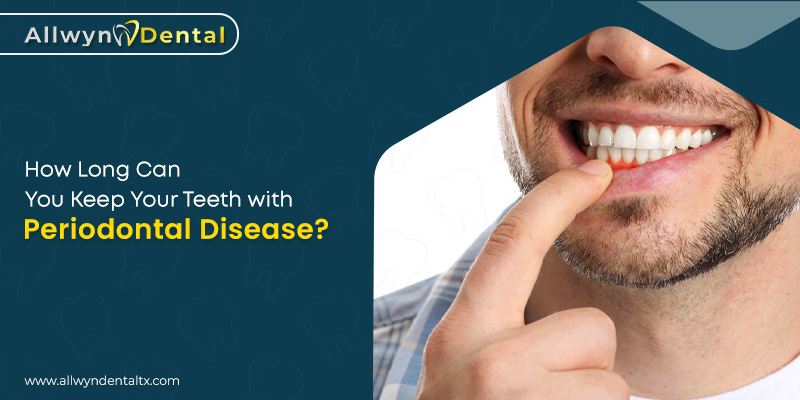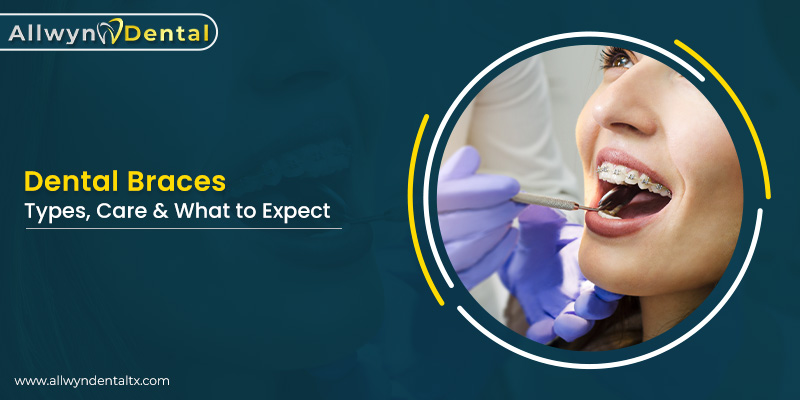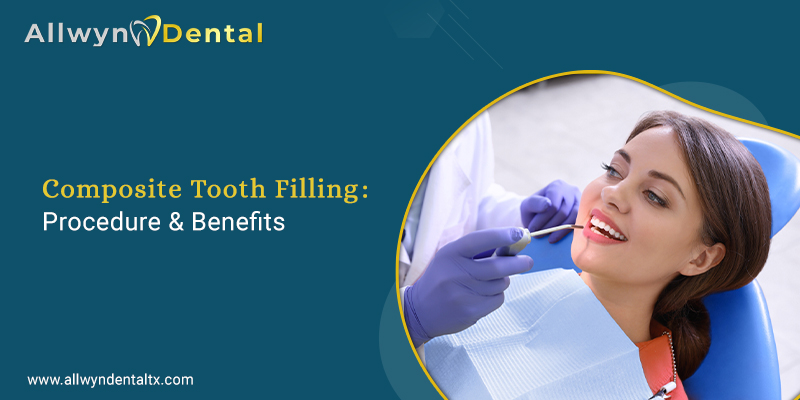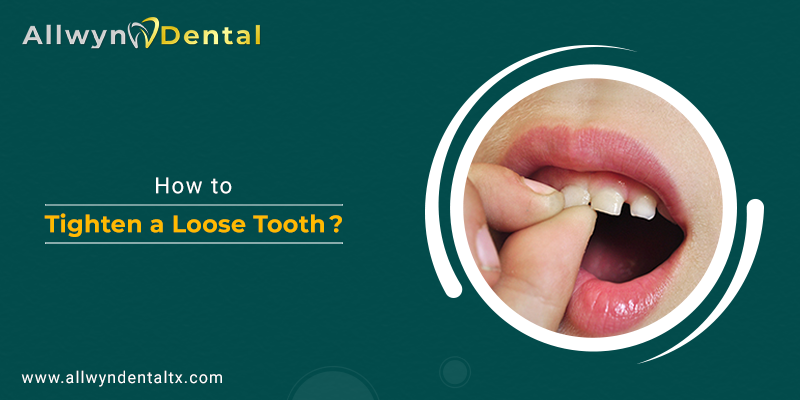Losing teeth can lead to a lack of confidence to talk, eat, or smile. It impacts oral hygiene as the bacteria shift to the surrounding teeth, causing tissue loss and bone and gum disease. The missing teeth also affect your overall health. Therefore, finding the right solution for your missing teeth becomes critical.
Dentures and dental implants are the two restoration options for your missing teeth. Generally, it needs to be clarified which suits your needs.
So, we have created a detailed comparison of dentures vs. dental implants, along with their pros and cons. The blog also unfolds the alternatives to dental implants and dentures.
Let’s learn more about it.
What are Dentures?

A dentist creates artificial gums and teeth as per the formation of the mouth. It is a removable false tooth of nylon, acrylic, plastic, resin, or porcelain. There are two types of dentures:
- Partial Dentures: The removable false teeth that can fill the gap or a few or multiple teeth.
- Complete Dentures: The complete denture replaces the entire arch of teeth.
What are Dental Implants?

The process of surgically placing a screw-like device that a surgeon inserts in the mouth within the jawbone The dental titanium supports a strong foundation for the artificial teeth called crowns. There are three types of implants:
- Single-Tooth Implant: As the name suggests, the dental implant replaces a single tooth or crown.
- The Multiple-Teeth Implant: A multiple-teeth implant is considered when multiple missing teeth require an implant-supported bridge.
- Full-Mouth: The implant-retained dentures are needed, as most teeth are missing.
Procedure for Dentures vs. Procedure for Implants
Dentures
Initially, the dentist performs a thorough checkup and extracts unhealthy teeth. Once the gums heal completely, the dentist precisely measures your jaw for the alignment of the mouth to create a mold.
Then, form a set of dentures according to the model that fits your teeth and is comfortable in your mouth. Lastly, the dentist fits the dentures and makes the necessary adjustments to ensure they perfectly fit in the mouth.
Implants
The first process begins when the surgeon cuts the gum to access the tooth socket. Then, the surgeon will drill right into the bone to create holes to insert the implant post. The second part of the implant procedure begins after three to six months of healing. A collar or healing cap is screwed in, followed by a cut to access the implant. After a few weeks, the healing cap is removed, and the abutment is fixed, functioning as a supportive element for the crown.
Maintenance of an Implant vs. Maintenance of a Denture
Carefully remove the dentures from your mouth and rinse with warm water to keep the dentures clean. Gently brush the dentures using a soft-bristled toothbrush and clean plaque, bacteria, or food particles. Ensure to clean all the areas of the denture surface; you can also use a denture cleaner and rinse thoroughly with warm water. Before bed, soak them in the denture-soaking solution or lukewarm water. Keep the dentures moist at all times.
Maintaining dental implants requires brushing your teeth with a soft-bristle brush at least twice daily. Caring for dental implants is similar to maintaining your natural teeth. You need to floss your teeth daily, avoid sticky food and abrasive products, and visit the dentist regularly for the longevity of your dental implants.
When Making a Decision on Dentures or Implants, Which is Better?
It is vital to scan through the following factors before you take a step ahead and choose any options for dental restoration.
Age
Dentures are the appropriate solution if you are looking for a minimally invasive procedure, especially for older adults.
People expecting a permanent solution for dental restoration and are OK with going through the complex process can surely go for dental implants.
Bone Density
Bone density is an essential factor in dental implants. The quality and volume of the bone available determine the type of surgical procedure to carry out and the success of dental implant surgery. People who have lost bone material because of age, tooth loss, injury, or gum disease may not be liable to undergo dental implant procedures.
Function and Feel
Comparatively, dental implants are more comfortable as they fit right in and do not wear off easily, apart from any such incident. Implants provide better chewing functionality than dentures.
However, implant-supported over dentures are more comfortable and satisfactory than conventional dentures.
Hygiene
Implants are expensive but easier to maintain than dentures. Therefore, it depends on how you clean and maintain the dental restoration option for your oral hygiene.
Alternatives to Dentures and Implants
Other alternatives to dentures and implants include:
Partial-Dentures
Unlike dental implants, partial dentures are removable dentures to replace partial tooth loss. It can fit seamlessly with the existing natural teeth and is a solution for complete teeth and a perfect smile.
Implant-Supported Dentures
The type of dentures not just on the top of your gums but are attached directly to the jaw bone with dental implants is called implant-supported dentures.
Dental Bridge
A dental bridge is also known as false teeth or partial dentures, and they are fully attached to the mouth. As per the name, a dental bridge works as a connecting bridge between the natural teeth and the crowns.
Dental Implants vs. Dentures: Pros and cons
The expert dentist from Allwyn Dental can recommend the procedure per the teeth problem by examining other essential factors. However, knowing the pros and cons of dental implants vs. dentures is necessary to understand more about them and make a clear decision.
Implants
Pros of Implants | Cons of Dental Implants |
| ✓ Easy to take care of | ✗ More expensive |
| ✓ Functions and feels like real teeth | ✗ Requires multiple appointments |
| ✓ Does not slip | ✗ Includes invasive surgery |
| ✓ It can last a lifetime if properly maintained. | ✗ Require a certain amount of bone density and volume. |
Dentures
Pros of Dentures | Cons of Dentures |
| ✓ More affordable | ✗ Need to be removed |
| ✓ No need for surgery | ✗ Requires frequent replacement |
| ✓ Denture procedures are quick | ✗ Doesn’t solve jawbone deterioration |
| ✓ Easy to modify or alter | ✗ Requires special cleaning and care |
What are Implant Dentures?
Many people think dentures are the perfect solution for dental restoration, while others believe dental implants are the right way. But dentures and dental implants support each other, meaning implant-supported dentures can be more affordable, comfortable, and convenient than traditional ones. The implants provide support and stability to the dentures because they no longer lay on the top of the teeth but are attached to the gums from within. Hence, implant dentures are a secure, versatile, and excellent dental restoration solution.
How do I Choose a Dentist for Dentures?
While choosing the right dentist for your dentures, it is necessary to check their experience and expertise to provide the required guidance. Moreover, consider their credentials, reputation, and reviews from other patients who have been there for a proven track record. Allwyn Dental is a one-stop destination for your dental problems. Our top-rated dentists are adept at fitting custom dentures and offer different denture repairs.
Can I Replace My Teeth With Dental Implants?
Irrespective of the number of teeth you are missing, dental implants remain the most convenient and longest-lasting dental restoration option. It is best to see a dentist if you have questions about your dental issues.
Conclusion
Dentures, implants, or implant dentures? It can’t be decided without the help of a dentist. However, you can consider the factors discussed before addressing your concern to your dentist for the most suitable solution.






















